The riverboat captain is a storyteller, and Captain Don Sanders will be sharing the stories of his long association with the river — from discovery to a way of love and life. This a part of a long and continuing story. This story first appeared in 2020.
By Capt. Don Sanders
Special to NKyTribune
About a year ago, I read where a pleasure boater noted he left his marina in his fast plastic boat only to discover it was too early for any of the bars he frequented along the Ohio River to be open. He went on to say he was “bored silly with nothing to do,” bobbing around until a floating pub opened for business. “What was wrong with that dude?” I wondered. “He’s on the river, for pity’s sake.”
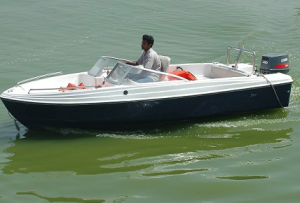
There is always something to see and experience on the river if you care enough to look closely. Often, it’s right by your boat on the surface of the water. Take “water striders,” for example.
Water striders, also called “water skaters, water scooters, pond striders, Jesus bugs, and so forth” are those tiny bugs darting effortlessly about on the water’s surface like miniature race cars without getting themselves wet. Small hairs on the strider’s legs and body trap air to help keep the insect from breaking through the film of water tension on the surface of any body of water where the striders live. There, they hunt for any hapless bugs unfortunate-enough to fall into the water unequipped with the strider’s ability to stay atop the liquid surface.
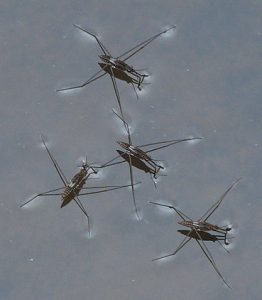
Water Striders are relentless hunters and carnivores. They are also fascinating to watch from a deck chair while “chilling’” on the river without anything else to do but to relax and enjoy the peace and solitude of the river when no one else is around. At least that is what I’ve done countless times from the deck of the Rafter CLYDE. Remarkably, the exercise costs nothing compared to boozing in a waterside cafe and then zooming recklessly about on the river’s surface like an intoxicated pond strider.
During my observations of the water strider population alongside my paddlewheeler, I watched an even-smaller, minuscule, colony of water critters inhabiting the surface of the river looking like black whirlygigs spinning and exploring. To try and find a name for the little fellers, I searched the internet where I found Whirligig Beetles, Water Mites, and a host of other aquatic creatures, but none of these insects seem to be the ones I’ve been striving to identify. Any help would be much appreciated. These critters were great fun to while away the time. Had the pleasure boating fellow mentioned earlier, bored because a bar wasn’t open, might have been better off returning to his dock to observe the bugs whirling about in the water around his boat. There, he could have gained a higher perspective than any form of enlightenment alcohol offers.
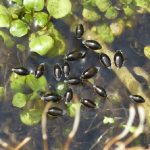
Without getting into too much detail, CLYDE’s Chief Engineer, Phillip Johnson, graciously took a day from his hectic schedule and spent it aboard the CLYDE, where he changed the engine’s oil and filter. Then, with a turn of the key, the mighty 35 horsepower, four-cylinder, Kubota diesel engine sprang to life after slumbering since last November. The one-ton, oak paddlewheel turned smoothly, though with a slight strain when the heavier water-soaked section that’s been in the water since last fall began its climb to the top of the circular path around the arc above the shaft.
Steamboat paddlewheels have a similar motion, but their loping action results from the weight of the hefty pitman arms connecting the steam engine piston rods to the cranks attached to the paddlewheel shaft. Phillip remarked that the variable motion of CLYDE’s sternwheel reminded him of an old-timey steamboat “warming up.” But once underway, the circular travel of a paddlewheel typically smooths itself into a smoother motion. The same was true for the CLYDE after we turned loose and backed out of Slip16.
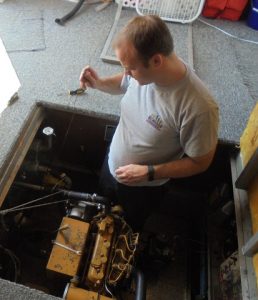
Six months flew by since the CLYDE was last underway, so before departing, Phillip and I carefully went over refreshing ourselves with the positions of the pilothouse levers. All the paddlewheel, bow-thruster, and steering controls were “limbered-up” before the CLYDE slid out from beneath the covered dock and into the open air. The weather was perfect for the first time underway. The sunny day was warm, but not hot, and the winds remained calm. The Ohio River, though, just some three feet below flood stage, raised the fourteen-acre marina basin into a deep lake. Outside the boundaries of the safe harbor, Laughery Creek was also lake-like with no current, but beyond the drift-choked mouth of the creek, the Ohio was swift, angry, and no place for us. However, between the marina basin and Laughery Creek upstream to the bridges over Indiana Scenic Route 56, Clyde had plenty of room to splash around.
As Captain Harry Louden sometimes reminded me, “You can teach a chimp to steer a boat, but it takes a real pilot to ‘handle’ a paddlewheeler.”
That’s what Chief Johnson and I did for several hours – “handle” the CLYDE through a series of turns going back and forth within the basin to the creek, then maneuvering around a tight corner into the narrow, tree-lined stream, and ahead toward the highway bridge. Sometimes we turned around employing CLYDE’s bow-thruster. At other times, the paddlewheeler was backed and twisted around on only the turning power of the sternwheel.
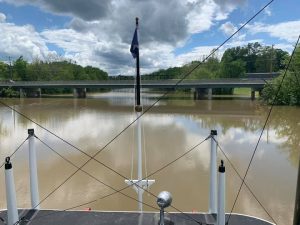
Just like Captain Harry said, “You can train a chimpanzee to steer a boat,” but maneuvering a stubborn stern paddlewheeler takes practice and some expertise handling a boat with only the paddlewheel and rudders. Although the CLYDE does have a hydraulically-driven bow-thruster, the main maneuvering capabilities of the vessel are the nine-foot-by-nine-foot, one-ton, white oak sternwheel and the two hanging rudders forward of the paddlewheel. The wheel and the rudders can be likened-to, as Cap’n Harry might say, “Meat and taters, but the bow thruster ain’t nothing but gravy.”
After Phillip and I tooled around the basin and creek until we needed a break, we landed the CLYDE at her former outside dock-space instead of sliding back into the narrow slip in the middle of Bravo Dock. She looked as beautiful as I have ever seen her in the eight years since her builder Ed Newcomb and I sat at the galley table and signed the purchase agreement papers to take CLYDE off Mr. Newcomb’s hands. The new, smart White Collars make the smokestacks standout.
Before, the black chimneys often found themselves lost in the background behind the boat. But the collars have corrected that illusion.
After a short stay at the old space, a couple of friends dropped by, so we invited them for a spin about the basin and Laughery Creek. After I tired of standing behind the wheel, I asked Phillip if he wanted to “mess about” with the boat, which he gladly accepted. When it came time to land the CLYDE, it was Phillip in the pilothouse with me down on-deck. The Chief has turned into a respectable pilot. While he was guiding the rafter into the tight space, I noticed he was showing one of our visitors how to guide the CLYDE home.
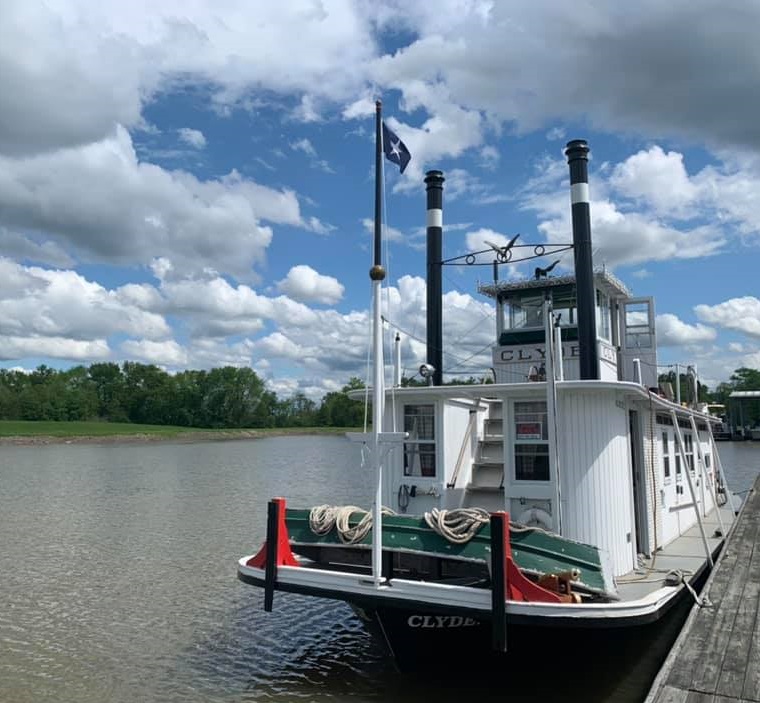
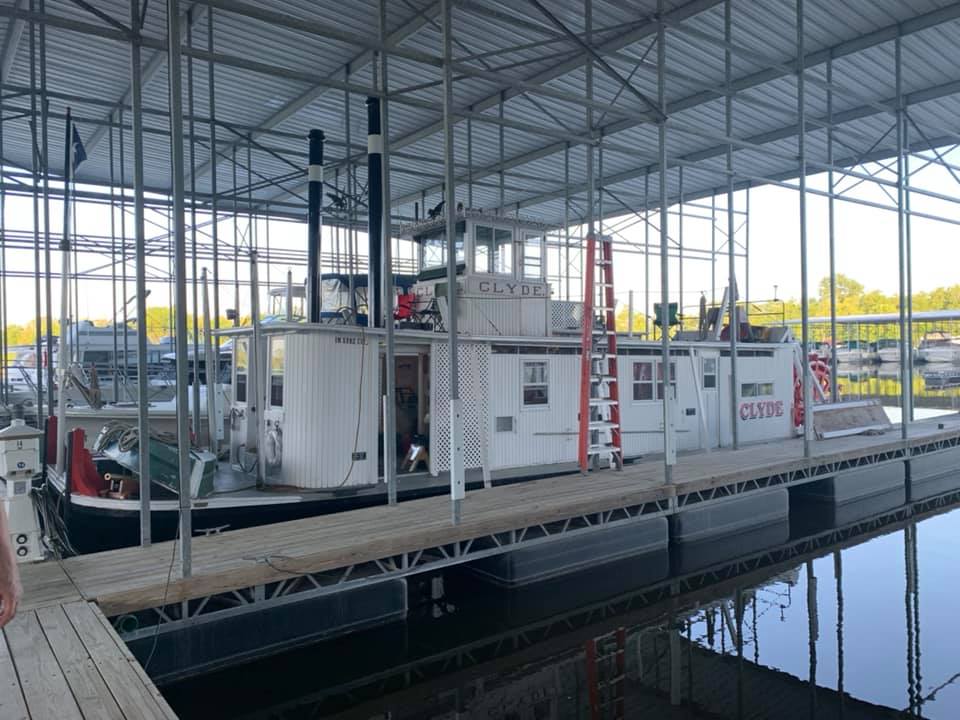
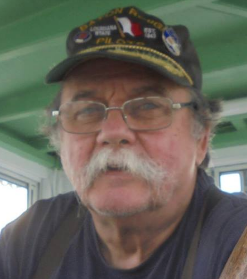 Captain Don Sanders is a river man. He has been a riverboat captain with the Delta Queen Steamboat Company and with Rising Star Casino. He learned to fly an airplane before he learned to drive a “machine” and became a captain in the USAF. He is an adventurer, a historian, and a storyteller. Now, he is a columnist for the NKyTribune and will share his stories of growing up in Covington and his stories of the river. Hang on for the ride — the river never looked so good.
Captain Don Sanders is a river man. He has been a riverboat captain with the Delta Queen Steamboat Company and with Rising Star Casino. He learned to fly an airplane before he learned to drive a “machine” and became a captain in the USAF. He is an adventurer, a historian, and a storyteller. Now, he is a columnist for the NKyTribune and will share his stories of growing up in Covington and his stories of the river. Hang on for the ride — the river never looked so good.



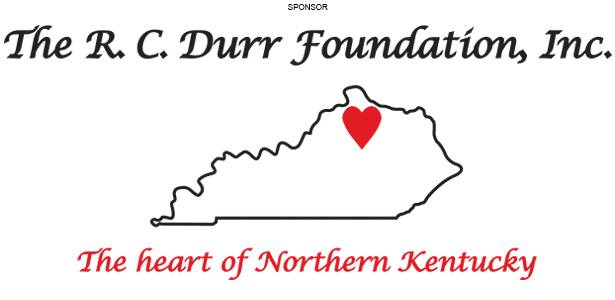







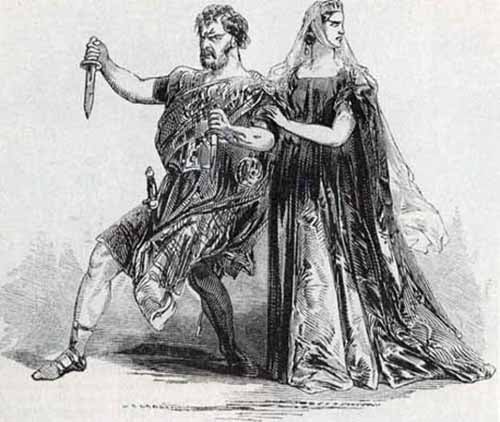

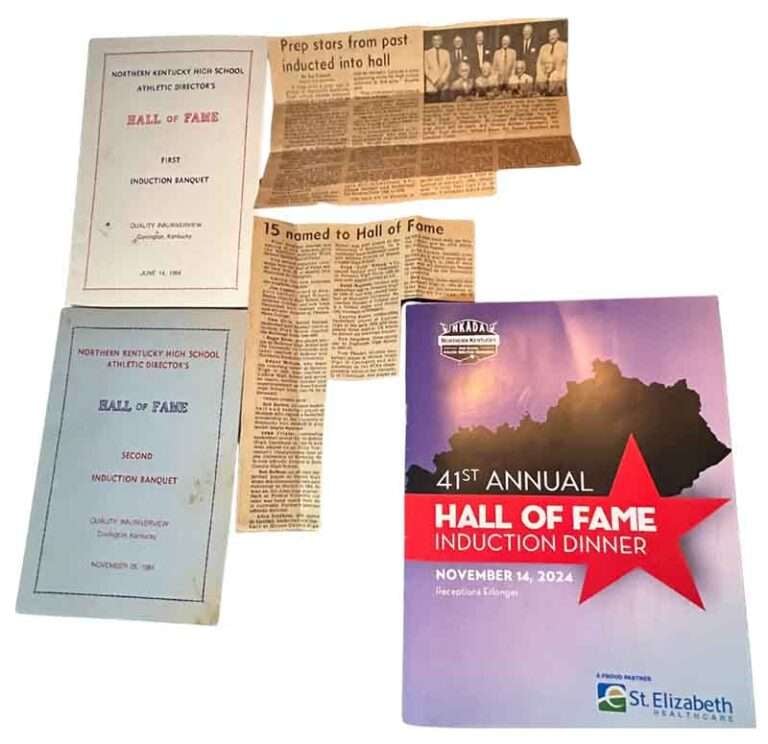
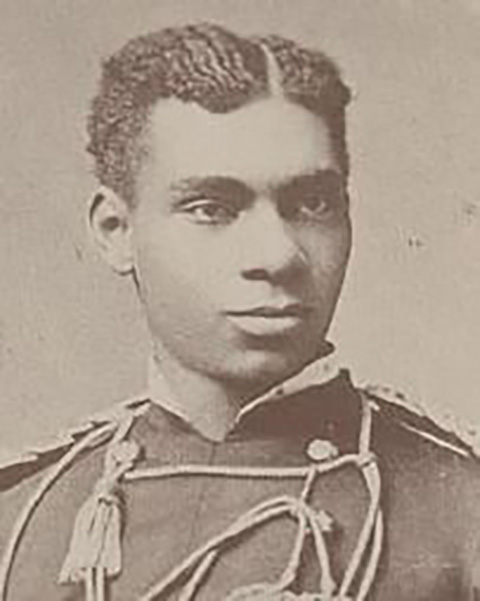



Once again a great story from Captian Don Sanders and The Clyde! Thanks
Such a great story about a first day of a new season for the CLYDE. Such a great memory to have.
Ah, this leaves me longing for more–it doesn’t matter if they might be reruns. The Clyde was such a pretty boat! And I love the remarks by Capt. Louden. Makes me think of the Delta Queen, and those fine boat-handlers who could turn that boat beautifully without fancy Z-drives. I miss them.
Capt. Don has once again covered and connected a raft of river subjects, this time from simple water bugs to the sublimeness of piloting. And oh my gosh! Water striders! Long ago memories were just dredged of watching these critters waltzing along on the water top with their boat shoes on I always thought. Thank you NKYTribune for another reinstalment of timeless enjoyable reading!
Thank you for continuing Don’s stories! Always a great read!
Thank you ever so much madam editor for re-running Capt.Don’s iconic pieces. This one is especially wonderful because the feeling of a little sternwheeler waking from her winter’s nap is exquisite both to the “old school” readers reliving this & ‘newbies’ just learning these great adventures. I look look forward to the next adventure or tutelage of river life.